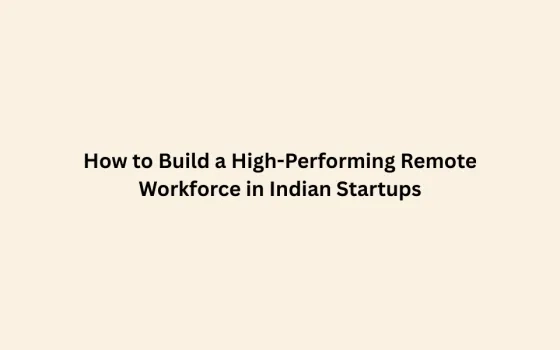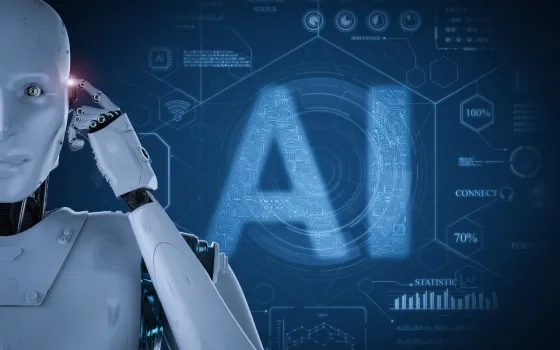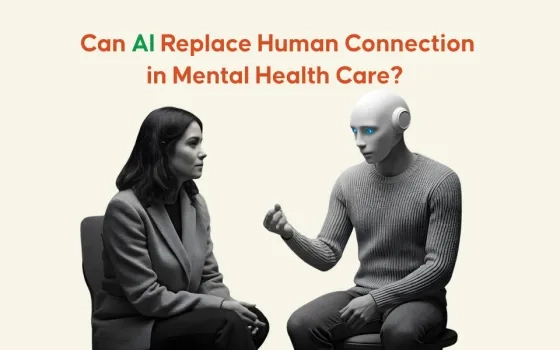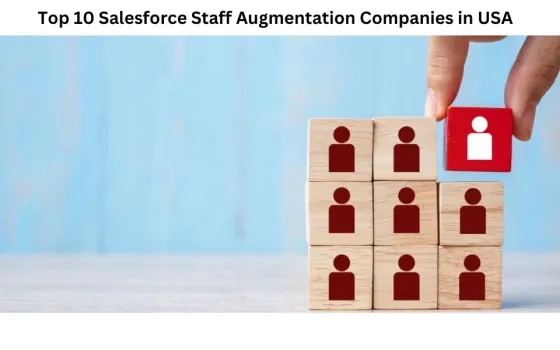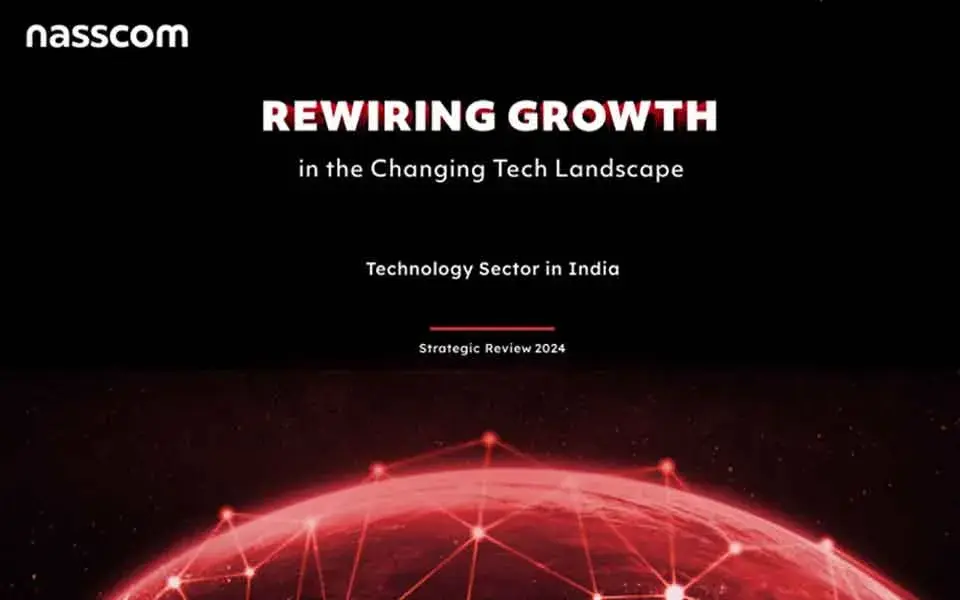Enterprises today must prioritize building and scaling next-generation products, platforms, and services to stay competitive. This blog explores how Global Capability Centers (GCCs) are helping to navigate these challenges by fostering a future-ready workforce through innovative learning strategies, modernized job architectures, and advanced technology solutions.
In today's rapidly evolving digital landscape, the prioritization of building and scaling next-generation products, platforms, and services has become paramount for enterprises. The imperative for accelerated digital transformation profoundly influences the speed of planning, execution, integration, and outcomes. As technological advancements, including artificial intelligence (now, with in-roads into generative AI), automation, and machine learning, continue to reshape industries, enterprises must adapt swiftly to maintain competitiveness. Amidst this drive to develop specialized capabilities, a critical question persists in boardroom discussions: How can an enterprise ensure its workforce is future-ready?
Over the past decades, GCCs have exhibited remarkable resilience in their operations and delivery, despite facing macroeconomic challenges and business downturns. This resilience is evident in their significant improvements in Net Promoter Score (NPS), spearheading end-to-end process transformations, delivering value beyond cost savings, and achieving a higher degree of integration with enterprises. Additionally, they managed to navigate the era of the Great Resignation with limited operational breakages and are now tackling the complexities in optimizing the cost pressures.
As GCCs continue to enhance their distributed operating model and establish themselves as the second headquarters for the enterprise, the structural talent demand and supply gap for the next-gen skills poses a major challenge:
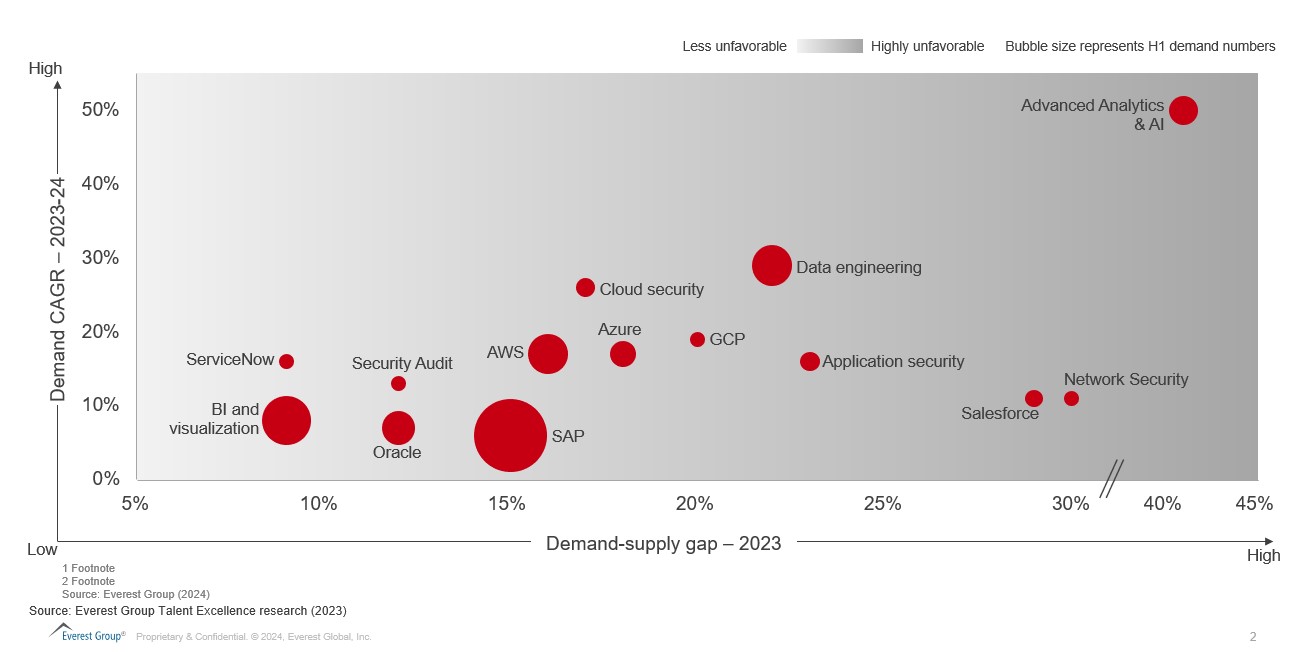
This is further amplified by:
- Reduced lifespan of technology skills impacted by influx of newer technologies and frequent software updates in the market
- Growing attrition for emerging skills
- Prolonged duration for upskilling and reskilling impacting the ability to meet flexible staffing/demand requirements
- Mobilizing passive job seekers to apply faster, leading to bottlenecks in the talent acquisition value chain and impacting time-to-hire
GCCs making in-roads in the development of future-ready workforce
GCCs have achieved moderate success in institutionalizing a learning culture, employing conventional approaches such as formal, experiential, and peer-to-peer learning. While the core intent and guiding principles of talent development remain steadfast, GCCs are now evolving their practices to ensure rigorous discipline in achieving the desired outcomes of a future-ready workforce
- Modernizing the job architecture
There's been a notable acceleration in revamping existing job architectures to align with future roles. There is also a push to maintain global consistency in job architectures and ensure uniformity in roles and responsibilities across job descriptions. For example, a prominent retail GCC in India introduced a Job Role Architecture (JRA) to streamline job families and titles, align roles with contemporary workforce needs, simplify organizational structure, and standardize compensation expectations.
The periodic refresh of skills taxonomy and inventory continues to be a top priority, particularly in areas with critical demand-supply gaps. Some GCCs have set up a dedicated skills council that observes the evolving business and skills landscape, plays an active role in skills taxonomy refresh, and guides in building talent roadmaps
- Bringing a bouquet of interventions and programs to drive cross-functional mobility and personalize the learning experience
GCCs are increasingly acknowledging the necessity of broadening the scope of their L&D ecosystems and engaging with wider partnerships to achieve desired outcomes. Their L&D programs, including learning academies/universities, online and private courses, self-paced programs, certifications, hackathons, gamification initiatives, classroom trainings, and seminars, are now being supplemented with partner programs, certifications, and immersion days. These initiatives are aimed at facilitating the creation and consolidation of learning pathways for non-linear roles and functions within GCCs.
For instance, a leading financial services GCC has a robust skilling program that has a clear defined pathway, skilling passport, and the required proficiency to support their employees transition from their existing teams to cloud and data roles.
Moreover, some GCCs have found that mobilizing resources internally for niche roles reduced hiring time by 30-40%, improved retention by 2x, and ensured higher project readiness vis-à-vis resources hired externally
- Building informal communities to encourage learning on emerging skills
Formal learning drives engagement, but success is only assured when complemented by informal learning. While various informal channels of learning engagements exist (hackathons/gamification, mentoring, coaching, and networking), GCCs have started capitalizing on the potential of “Communities of Practice” (COPs) in GCCs. They are designed to enable greater cross-functional collaboration, best practices sharing, deeper proliferation of ideas, and success mantras across GCC. We observe an increasing number of GCCs creating CoPs for digital services such as agile and DevOps, data management, RPA, AI, blockchain, and user experience – all areas that require a conversation that can no longer be done in isolation. It provides a safe space for professionals to collaborate and welcome ideas, without the fear of being judged. Their success measures are increasingly pivoting from participation and idea generation to outcomes (for example, the percentage of certified AWS consultants)
- Utilizing technology to transform the learning function
Integrating technology solutions in their learning ecosystem has always been a persistent challenge, but GCCs have started achieving marked success in this aspect. There is an increasing adoption, albeit happening in pockets, of advanced technology solutions for improving the efficiency and effectiveness of the skilling lifecycle.
- The GCC of a leading oil and gas company has developed a skills intelligence platform to map skills, resources, and learning content. This further helps in developing unique skills profiles with insights on gaps and transferrable skills, resource planning, designing learning paths for employees
- The GCC of a UK-based CPG firm has created an internal online talent marketplace where employees share their current and desired skills on a portal, and an AI-powered tool helps them find the best possible work for the skills they have and the skills they want
- Providing leadership training programs to foster entrepreneurial skills
Nurturing leadership talent is super critical, and GCCs are ensuring there are no stones unturned in doing so. They accelerated their efforts in building and sustaining the leadership capacity across their teams. While the talent storm has calmed down (though the storm for next-gen skills continues to persist), mastering mid- and senior-level staff retention is now a top priority in workforce planning.
Mature, scaled GCCs have deployed a host of leadership programs across hierarchical levels as well as exclusive to women leadership and graduates/entry-level. As GCCs build core competencies and succession profiles, it has become imperative to converge employees’ technical expertise with managerial and leadership capabilities.
- A leading European GCC runs multiple leadership programs for first-line managers, seasoned managers, regional leaders, global leaders, and women leaders. The programs outlined are decided at the global level by a council of prominent L&D leaders from across the globe and industry veterans, whereas the local L&D teams design and customize the leadership programs as per regional needs and context. It also has consultative partnerships with external vendors for program design and delivery in select areas
- Some GCCs have dedicated talent development teams to facilitate career development for individuals with niche skills or subject matter experts (typically for mid-level/senior employees)
Refocusing efforts to address challenges in achieving a future-ready workforce vision
Despite the strides made by Global Capability Centers (GCCs) in future-proofing their workforce planning, the journey has encountered several challenges that could hinder continued advancement. Key focus areas that emerged from our conversation with GCC leaders during the recent NASSCOM GCC Conclave include (but are not limited to).
- Sharpening the focus on prioritizing skills and competencies amid rapid technological advancement, emphasizing narrowing demand-supply gaps in critical areas versus targeting a skill wish list
- Enhancing the capability to map employees' evolving competency and proficiency for demand fulfillment on a real-time basis (though current learning performance tracking is limited to a few metrics)
- Advancing the adoption of personalized skilling passports and pathways
- Integrating AI throughout the talent management lifecycle – including recruitment, demand planning, and learning and development, with a need to solve for unstructured data stacks
- Balancing sourcing mix between permanent and contingent workforce effectively during fluctuating or peak demand cycles
- Prioritizing partnerships with service providers, specialists, and academia in specific areas such as skills taxonomy, technology solutions deployment, and L&D training
- Adapting workforce strategies to align with the ambitions and expectations of Generation Z
GCCs have exemplified essential elements in cultivating inclusive and highly engaged teams, rooted in a robust learning culture. They should continue to reinforce their pivotal role in shaping the future workforce of enterprises through ongoing innovation, agility, adaptive leadership and equally important, evolving mindset.
To continue this discussion or for questions, reach out to Nikhil Malhotra at nikhil.malhotra@everestgrp.com.












